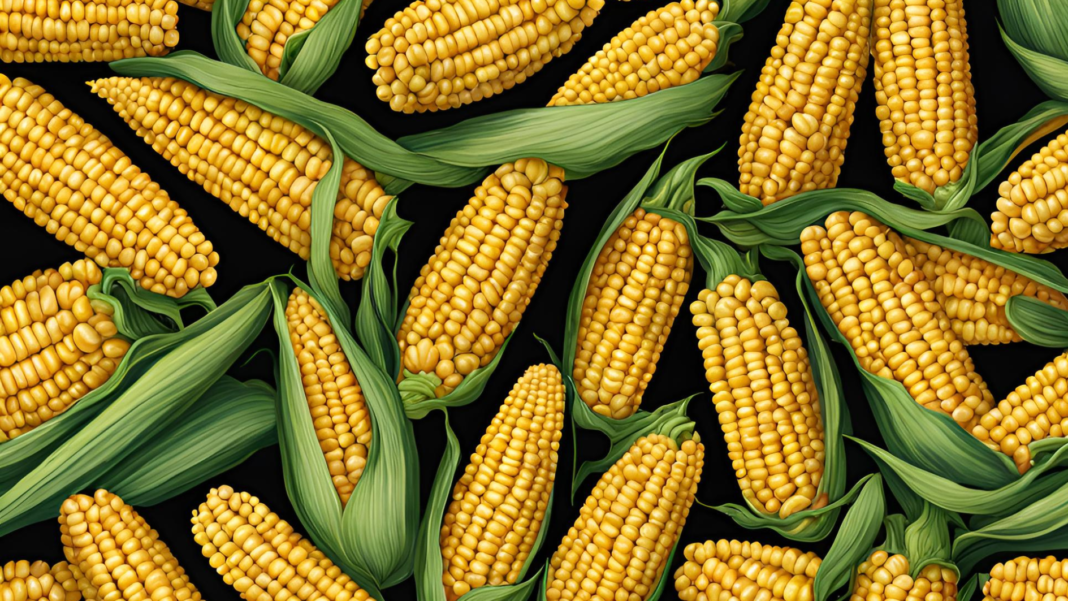Porto Alegre, October 01th, 2024 – While efforts are being made to find support variables abroad, in the Brazilian domestic market, the set of events is supporting prices. Steady sales by growers, export flows in line with the target for the year, firm domestic demand, and the beginning of concern about supply in the first half of next year are supporting domestic prices at this time. The climate that is still limited in providing peace of mind for the advancement of summer corn and soybean planting is also starting to put an end to the traditional concern about the dates for planting the second crop in 2025. Of course, there will be planting of the second crop on any date, as has always been the case even in years of significant delays in soybean production, but the market likes to price in panic.
Last week, we reported the adjustments made to the composition of Brazilian domestic demand indicated in our supply and demand picture. We also adjusted the export target to 39.7 mln tons. This number is still possible given the pace registered so far in national ports. The Brazilian corn line-up now points to the commitment of 24 mln tons. September is expected to close with shipments of around 6.6 mln tons, and October has a preliminary schedule of 3.5 mln tons. This means that to reach the business year target of 40 mln tons, shipments need to close another 16 mln tons between October and January. We believe this is possible because the Northern Arc still has plenty of supply, there is a need to free up warehouses by January, and there are exporters to provide liquidity for the volumes between November and January. In any case, this fine-tuning of exports with the Brazilian carryover stocks will be essential for assessing the market in the first half of 2025.
Moreover, the planting of the summer crop progressed very well in the south of Brazil, a region that registered rainfall in September. With the focus on a strong reduction in planted area and maintenance only of silage areas, the summer crop scenario becomes delicate due to the smaller grain supply for a semester that is important for domestic demand. The Southeast region has not yet started planting, even in pivots. Rain is still expected to arrive for a safe planting. This situation shows that the first half of the year will have a tight supply in the South and Southeast, as many planting areas still need to be defined in São Paulo and Minas Gerais, besides there being a later harvest in the Southeast.
The delay in the rains in the Midwest leaves room for a new discussion about the dates for planting the second crop. In 2024, the second crop suffered an unprecedented early planting due to the soybean crop failure, which opened a planting window at the end of December for corn. In 2024/25, the rain is delayed in the Midwest, but there is enough time for the development of soybean planting and the 2025 second crop planting. The detail is that the 2025 second crop will return to its normal cycle, that is, with the planting from January 20 to March 30, depending on location. The later planting of soybeans does not affect the soybean crop in any way. But, of course, subsequent crops, such as cotton and corn, end up having the most suitable window for planting. If it rains well in January and February, and the fall signals a regular weather pattern, we do not see any problem for corn. Of course, the record yields in Mato Grosso in 2024 will be more difficult. So, there is a need for a larger area to compensate for the later planting.
A start to 2025 with firm prices, at least until April, and with good signs for the second crop may motivate growers to plant a second crop with a larger area profile throughout the country. In fact, with the demand and export projections, we will need a great second crop next year. So, for now, there is no high risk for the 2025 second crop, even though it is a planting more within the historical window and more susceptible to frost in Paraná and Mato Grosso do Sul, as well as with seasonal rainfall cuts in the Midwest and Matopiba.
Now, attention is on the turn of the year and the need or not to free up space in warehouses for the summer soybean crop. This is a movement that has always brought some pressure on domestic sales. This year, due to the good demand and current exports, perhaps the volumes will be absorbed without greater pressure on prices.
Safras News

